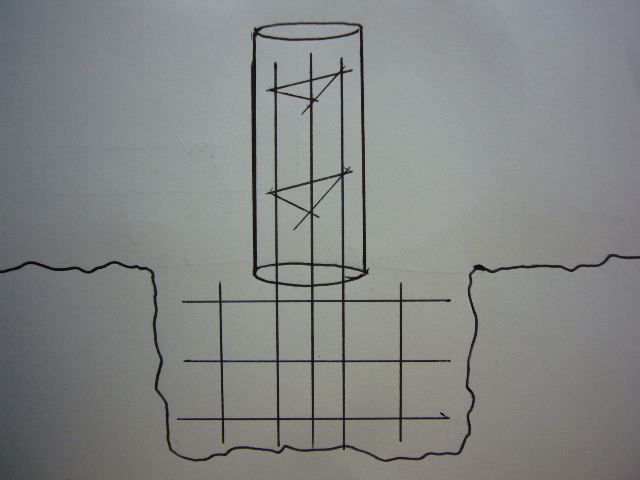Here are some pictures of the watermelons from Erika’s garden. They aren’t the largest melons, but
they are delicious.
On another note, the front
door has been needing a makeover for some time. Over the years, the joints have
shrunk and separated. The door has become impossible to open and close. I took
the door off its hinges and removed all of the hardware. I removed surface rust
from the hinges and painted all of the door hardware a satin black. The black
hardware blends in well with the mission-style motif we are trying to create in
our home…more on that later. The door is solid and heavy. Erika and I carefully
placed the door in the bed of the k-truck. BTW, the truck bed makes an
excellent portable workbench. Unlike the pickup trucks in the states, three of
the sides fold down.

I removed most of the
oxidation from the wood and glued the joints. Pipe clamps were used to hold
everything together. I also added some long stainless steel screws to secure
the joints. The screw heads were concealed with epoxy putty and stained to
match. After the glue cured, I reinstalled the door to determine what needed to
be trimmed and shimmed. The door required about 1/8” of material to be removed
with a skillsaw. Once everything fitted properly, the door was stained to match
the exterior logs. The front door assembly consists of a side window door which
needed to be adjusted and refinished. In all, the project took about two full
days. At a later time, we will make a stained glass for the window door. I drew
up a design right after we purchased the house. I can’t wait to get that
project started.

On another note, I continued
staining the logs on the front of the house. I preferred to start at the top of
the house and work my way down. Unfortunately, I don’t have the scaffold to
accomplish this. To continue making progress, I decided to start on the bottom
and work my way up. I know this will be a problem at a later time. Power
washing the eaves will make a huge mess on the newly stained logs. Stain and
paint drippings will add to the problems. I’ll have to cover the logs with
tarps and hope for the best.

While staining the lower logs, I encountered some
severe rot on one of the vertical supporting beams. I knew that the rot existed before we purchased the house. I was glad to be finally taking care of it.
The rot had eaten away about a quarter of the diameter of the log. I removed
the rotted areas and was relieved to find that I could shape the area to form a
flat surface. Imagine turning a round log into a square. The flat surface was
treated with an insect and rot preventative and then stained. I’ll have photos
of the completed project in a later post.
I’m into the third year of the remodel and I still have a very long way to
go. George
























